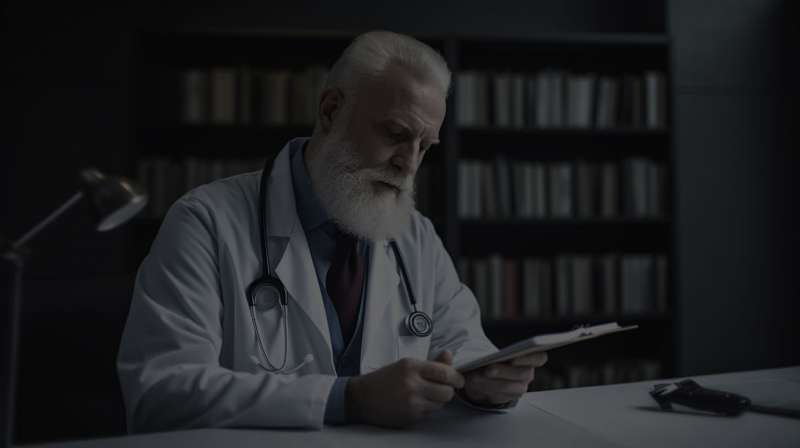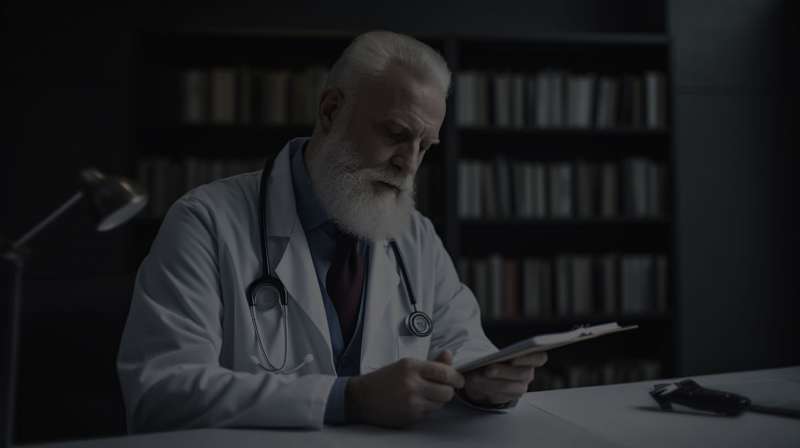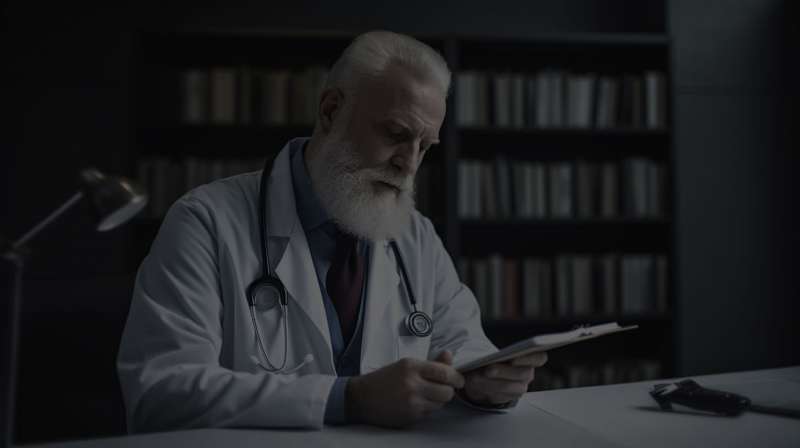Important Information
A person suffering from severe hypothermia may be disoriented, confused, uncoordinated or completely unresponsive
A person suffering from mild hypothermia may be conscious and alert, yet shivering and displaying slightly impaired coordination
Treat hypothermia that alters a patient's consciousness or impairs their coordination as a medical emergency; Follow primary care procedures
A severely hypothermic patient may be breathing or have a pulse at such a low rate and intensity that it is difficult to detect; Therefore, resuscitation attempts should never be abandoned until the patient has been rewarmed
Patient Care; Severe Hypothermia
- Perform a primary and secondary assessment and monitor the patient's Cycle of Care AB-CABS
- Do not move the patient unless it's necessary to prevent further heat loss; Handling may cause an irregular heartbeat
- Remove wet clothing without jostling the patient and cover them with warm blankets or thick clothing
- Continue to monitor the patient's Cycle of Care until EMS arrives; Monitor and record vital signs
Patient Care; Mild Hypothermia
- Move the patient to a warm, dry sheltered area and wrap them in warm blankets or clothes
- If they are wet provide them with dry clothing; Give warm, nonalcoholic, non caffeinated drinks
- Continue to support the patient until completely rewarmed; Monitor and record vital signs




Share on social media